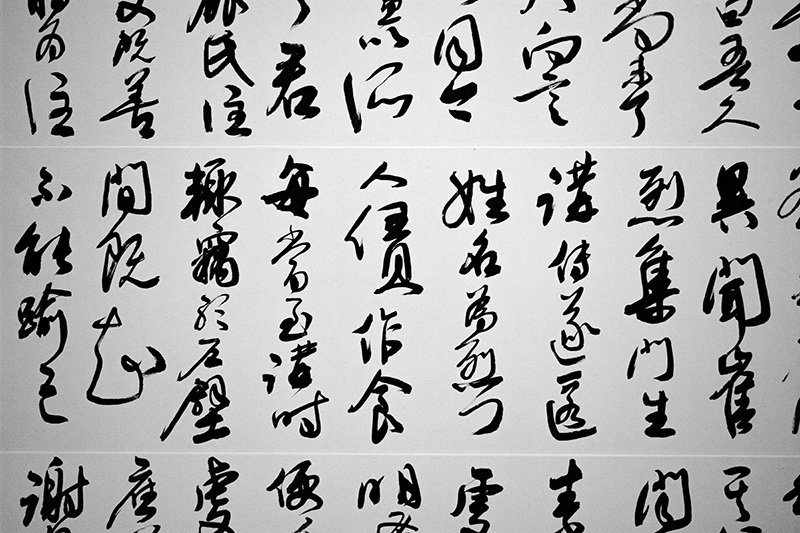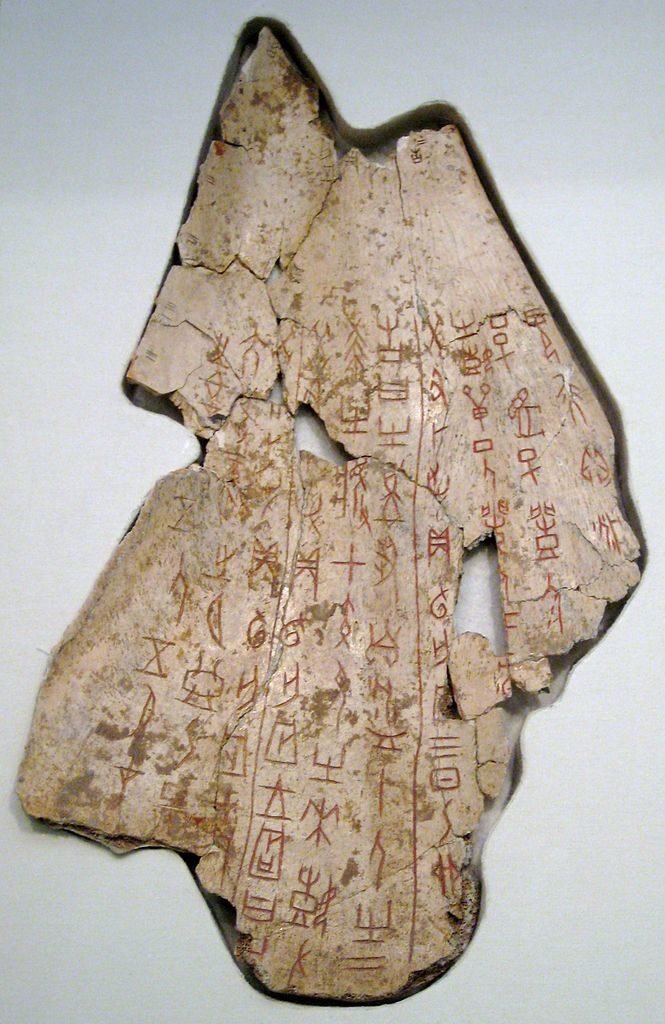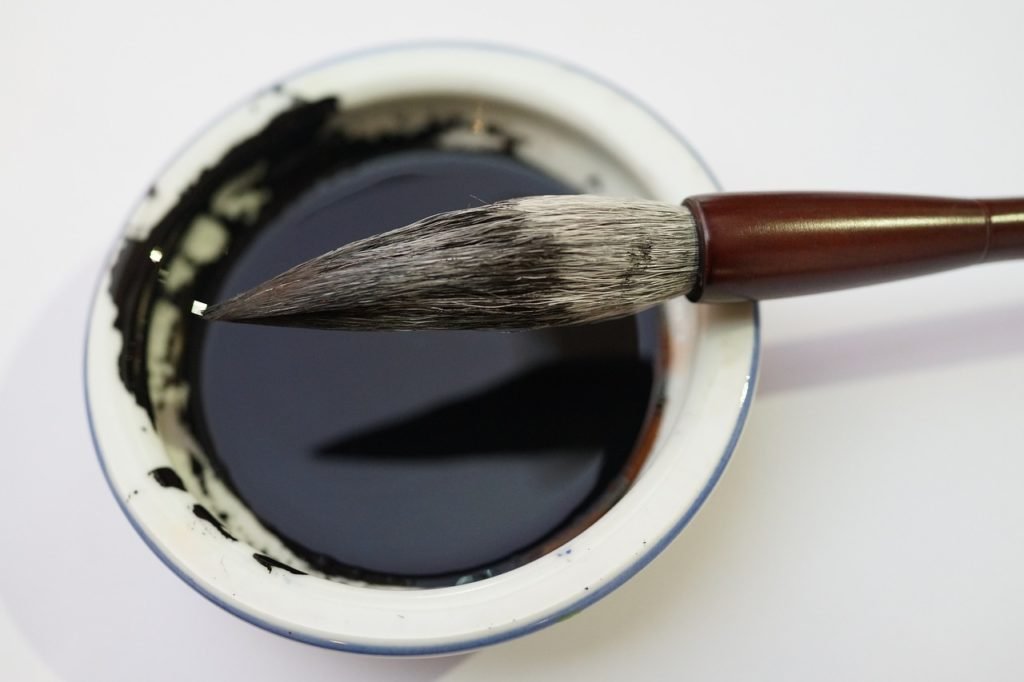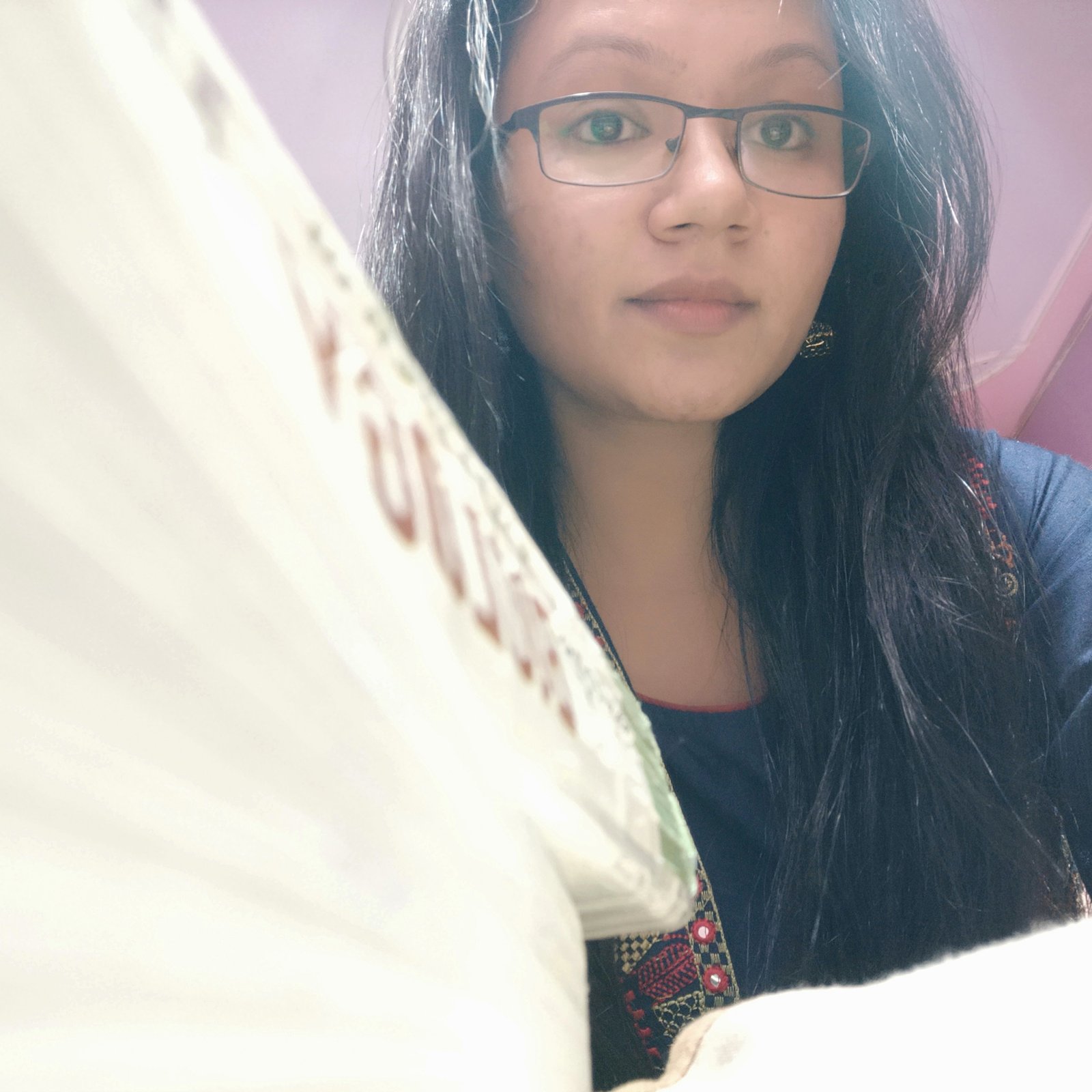Chinese Calligraphy. Ancient Art Of Writing Chinese Characters
Chinese calligraphy is beautiful artistic writing (of Chinese characters) embodying the artistic expression of human language in a tangible form.
Since the early period, Chinese calligraphy was contemplated as not just a form of decorative art in China, rather, viewed as the supreme visual art form and was more valued than painting and sculpture.
Calligraphy ranked alongside poetry in China as a medium of self-expression and cultivation. Using only brush and ink, calligraphers evolved unique patterns and techniques over decades.
 The patterns of Chinese calligraphy
The patterns of Chinese calligraphy
Today, Chinese calligraphy is a powerful graphic art viewed as the outward expression of artists’ inner psychology.
In China, the genre of painting and calligraphy appeared concurrently, sharing identical tools: brush and ink. Yet calligraphy was esteemed as a fine art long before painting. Chinese calligraphy was considered the ultimate art by Chinese educated elite since the Han dynasty (206 BCE-220 CE).
However, if you can’t read Chinese characters, you still can enjoy and appreciate Chinese calligraphy for its visual artistry. To enjoy, you need an understanding of various styles and their traditions, principles of stroke orders and placement, and the philosophy which makes calligraphy the most respected of the fine arts in China.
Before discussing all calligraphic scripts, tools, and techniques, let us know the history of Chinese calligraphy in brief. How it evolved? And how it became an integral part of Chinese culture and tradition?
History of Chinese calligraphy
Chinese calligraphy comes with more than two thousand years long history. The present-day script of Chinese calligraphy is known as Kaishu. Before reaching into the present state: Kaishu, Chinese calligraphy passed through several early stages. These stages involved the scripts: Jiaguwen (chia-ku-wen), Jinwen (chin-wen), Dazhuan (hsiao chuan) and Lishu (li-shu).
Jiaguwen and Jinwen were used by Chinese calligraphers during the Zhou dynasty until 220 BCE.
Chinese Emperor Qin Shi Huang (221 BCE-210 BCE), during his period, Dazhuan was developed. Later, the script Lishu and ultimately Kaishu emerged. Kaishu is now been practiced for almost 2000 years.
Development periods of Chinese calligraphy
The earliest existing example of Chinese writing is the inscriptions that were found on Oracle bones (ox scapula or turtle plastron ) and bronze vessels from the Shang dynasty (1600-1046 BCE). Shang is the earliest ruling dynasty recorded in Chinese history.
 Writing on Ox scapula from Shang dynasty
Writing on Ox scapula from Shang dynasty
These inscriptions were made on the surface of bones or bronze with a sharp-pointed tool. This process somehow lacked the perfection of true calligraphy. The qualities improved during the Han Dynasty (206 BCE – 220 CE) when Chinese artisans started working with brush, ink, paper, and inkstone.
Archaeological evidence confirms that brushes were known in China much before the Han period, but it was during this time that the usage of brushes became widespread.
Although calligraphy was practiced in its basic forms much earlier from Han period, it was during the Han regime the Chinese calligraphy was duly established (When a series of articles was published towards the end of Han rule).
The famed Calligraphy works from the Han Dynasty (206 BCE – 220 CE)
Li Qi Bei, Zhang Qian Bei, Yi Ying Bei, Cao Quan Bei, Shi Men Song, Kong Zhou Bei, Shi Chen Bei, Hua Shan Bei, Heng Fang Bei, Xian Yu Huang Bei, Chao Hou Xiao Zi Bei, Zhang Jing Bei, Xi Ping Shi Jing. These are the well known Chinese calligraphy works highly admired in the calligraphic world.
Wei Dynasty (220-265) and Jin Dynasty (265-420)
Chinese calligraphy grabbed the status of an art form during these periods. Several theoretical studies were published, such as “Bi Zhen Tu” by Wei Shuo (272–349).
The book talked about the concepts of flow and law of calligraphy, brush and ink techniques, and principles for ruling the Yan (the ink container).
Other important calligraphic articles included “Cao Shu Fu” by Yang Quan, “Li Shu Ti” by Cheng Gong Sui, “Fei Bai Shi Ming” by Liu Shao, and “Shu Lun” by Wang Xizhi.
During the Jin period, the Kaishu script began to rival Lishu.
Famous Works of Calligraphy of the Wei and Jin Dynasties (220-420)
Lan Ting Xu, Sheng Jiao Xu, Sang Luan Tie, Yue Yi Lun, Ya Tou Wan Tie, Di Huang Tang Tie, Bo Yuan Tie, Shi Qi Tie, Luo Shen Fu Shi San.
Tang Dynasty (618-907)
The Tang witnessed a systematic growth in the theory, practice, and techniques of calligraphy and also growth in the number of calligraphers.
Influential publications included “Shu Duan” by Zhang Huaihuan. In which he defined the history and characteristics of 10 separate scripts. And “Shu Pu” by Sun Guoting, which explained a step-by-step study method for Chinese calligraphy.
Famous Works of Calligraphy of the Tang Dynasty (618-907)
Kong Zi Miao Tang Bei, Jiu Cheng Gong Li Quan Ming, Yan Ta Sheng Jiao Xu, Duo Bao Ta Bei, Ma Gu Shan Xian Tan Ji, Yan Qin Li Bei, Xuan Mi Ta, Ji Zhi Wen Gao, Yun Hui Jiang Jun Bei, Wen Fu, Gu Shi Si Tie, Zi Xu Tie, Shu Pu.
Later, during the Song regime (960-1279), the stature of calligraphy declined. There were few notable calligraphic works produced during the three hundred years of the Ming rule (1368-1644). Chinese calligraphy never achieved the height of creativity achieved during Tang and earlier dynasties.
Chinese calligraphy today
 Modern Chinese calligraphic work
Modern Chinese calligraphic work
Calligraphy is remaining a potent force in Chinese life today. Starting from the Han reign, Chinese calligraphy is continuing to be a supreme art of literati, associating with painting and the social and cultural life of the educated elite.
Today in modern China, calligraphy is not limited to paper works only. Temples, doors, shops, or banners- you can find beautiful calligraphic work in many places. Calligraphy is an integral part of China’s visual culture.
During 20th Century, usage of calligraphy has radically changed. Calligraphy is no longer an art associated with scholarly elites, in fact, it is a popular art practiced by people from all walks of life.
5 basic scripts for Chinese calligraphy
Five basic scripts that are regularly used in Chinese calligraphy are Seal script, Clerical script, Cursive script, Running script, and Regular script.
Seal script (Chinese: zhuànshū 篆書 )
 A stone slab with twelve small Seal Characters from Ancient China
A stone slab with twelve small Seal Characters from Ancient China
Zhuànshū or simply ‘picture script’ is the most ancient form of writing Chinese characters. This initially evolved during the Zhou dynasty and was adopted as the formal script for all of China during the Qin dynasty.
During the Zhou period, the script style was used for inscribing ceremonial bronze vessels. The inscriptions were also found on animal bones and turtle shells. This popular style for decorative engraving script continued to use widely in the Han dynasty.
Seal script is elegant in style and still liked by people involved in the creation of calligraphy work.
Clerical script (Chinese: lìshū 隸書)
 Clerical script, lishu
Clerical script, lishu
It is an archaic form of Chinese calligraphy. The script type was widely used during the Han period (206 BC–AD 220).
Flexible hair brushes with supple tips produced effective writing that was not attainable in incised characters of Seal script. Somewhat square and angular with emphasis on horizontal strokes, lishu is truly a beautiful calligraphic script type. Characters were uniform in size and evenly spaced within a composition. However, the style greatly varied for individuals.
Written characters on bamboo slips or carved in stones still survive as examples of Han popularity.
Due to ease in readability to modern readers, this form is still widely used in a variety of applications such as news headlines, signboards, and commercial advertisements.
Regular script: (Chinese: kǎishū 楷書)
Regular script, Kaishu
It is the newest of the Chinese script styles. With clear-cut corners and straight strokes of varied thickness, the Kaishu script went through a crucial period of development and was the most important type of script during the Tang dynasty (618-907). During this time, the civil service candidates were graded on their calligraphic skills along with other traits. The way they used brush and ink showed the strength of their personality.
This form of calligraphy remains as the standard script today.
Running script or Semi-cursive script: (Chinese: xíngshū 行書)
 Semi-cursive script, Xingshu
Semi-cursive script, Xingshu
The semi-cursive Chinese script developed out of the Lishu script from the Han dynasty. The character of xingshu are not shortened or connected, but strokes within the characters are often run together. They come with fewer rules and conventions. In a running script, calligraphers may add their style and approach.
This writing style can be found from a write-up ‘The preface of the Orchid Pavillion’ written by Wang Xi Zhi’s (303-361 CE).
Cursive script (Chinese: cǎoshū 草書)
 Cursive script, Caoshu
Cursive script, Caoshu
This form is the most abbreviated and spontaneous. Caoshu is a cursive variant of the standard Chinese script lishu and kaishu.
This script style developed during the Han dynasty (206 BCE–220 CE), and it witnessed the greatest growth during the Tang dynasty (618–907).
In caoshu, the numbers of strokes in writing characters are lessened to single scrawl or abstract abbreviations of curves and dots. Strokes of varying thickness and modulation show a great variety of shapes.
Caoshu is not bound by rules for even spacing, and characters need not be of the same size. The calligraphers thus have the absolute freedom of expressive movement of the line.
A calligrapher makes synchronization between brush, paper (or Silk), and ink by controlling character size, the contrast between light and dark, and speed of application to produce beautiful calligraphic lines.
The technique for Chinese calligraphy
The technique is simple. A calligrapher starts with a cake of carbon-based ink, which he grinds on an inkstone. A dropper is used to add water and to dilute the ink. A flexible animal-hair brush is then dipped into the ink solution and is used to create beautiful calligraphic lines on paper or silk. These are simple materials, but using them skilfully calligraphers achieve huge variations in works.
In the formal scripts, the brush is filled often, placed with care, and moved carefully, resulting in consistent brush strokes.
In the most spontaneous form, the brush is filled less often and moved with speed and spontaneity. A series of characters in these styles go from dark and wet ink when the brush is freshly filled, to light and dry when the brush is nearly empty. These characters can also vary greatly in size.
Even in the most cursive scripts, the skilled calligrapher establishes rhythm, flow, and balance which appears to be a completely spontaneous work.
The tools for Chinese calligraphy
 Chinese calligraphy tools: Brush and Ink
Chinese calligraphy tools: Brush and Ink
Brush, paper, ink, and inkstone are essential tools that are used in Chinese calligraphy. They’re togetherly known as the ‘Four Treasure of the Study’ in Chinese and other East Asian calligraphic traditions. In addition to these four, a water-dropper, desk pads, and paperweights are also used by calligraphers.
Brush: a brush consists of a bundle of animal hairs (black rabbit’s hair, white goat’s hair, and yellow weasel’s hair were popular choices). The body of such brushes are made of bamboo, and wood, (porcelain, horn occasionally). The hairs are not all of the same lengths. The inner core has shorter hair covered by an outer layer that tapers to the tip. These brushes are highly flexible and come in a variety of shapes and sizes which determine the type of lines produced
Today, however, calligraphy may also be done by using a pen.
Paper: Wood, bamboo, silk, and paper were the common writing surfaces for Chinese calligraphy.
Note: The invention of paper is widely appreciated as China’s major technological contribution to the world.
Paper was made from fibers like mulberry, hemp, and bamboo, and provided a cheaper alternative to silk as a material for calligraphy and painting.
Some special types of papers such as Xuan, Maobian, Lianshi were preferred by calligraphers. However, any modern paper can also be used for calligraphy writing.
In China today, calligraphy appears on everyday objects like walls, doors, fans, banners, etc.
Paper is often sold together with a paperweight and desk-pad.
Ink: the ink used in calligraphy is made from lampblack (a sooty residue produced by burning Pine resin or oil under a hood). The lampblack is then mixed with glue and pressed into molds resulting in hard cakes or sticks. These hard sticks are then grounded against an inkstone and mixed with water. This process helps calligraphers to control the thickness of the ink.
Inkstones are generally made of stones, ceramic, or clay. Inkstones are used to grind solid ink-sticks into liquid. Chinese inkstones are highly prized and appreciated art objects.
The Chinese written scripts are made up of thousands of individual graphs. Each consists of an invariant group of strokes implemented in a set order.
The viewers can retrace stroke by stroke the exact steps followed and extremely fine lines of execution whether a stroke was made swiftly or slowly or the brush was applied with delicacy or force.
More you look at a piece of Chinese calligraphy, more you appreciate its flow and structure irrespective of your relationship with the Chinese language.
Read about Taiwan’s Sky Lantern Festival, celebrated on the 15th day of Chinese New Year.










4 Comments
I truly prize your piece of work, Great post.
Have you ever considered about adding a little bit more than just your articles? I mean, what you say is important and everything. However think of if you added some great pictures or video clips to give your posts more, “pop”! Your content is excellent but with images and video clips, this site could definitely be one of the greatest in its niche. Excellent blog!|
Great article.
Great work! This is the type of info that should be shared around the net. Shame on Google for not positioning this post higher! Come on over and visit my site . Thanks =)